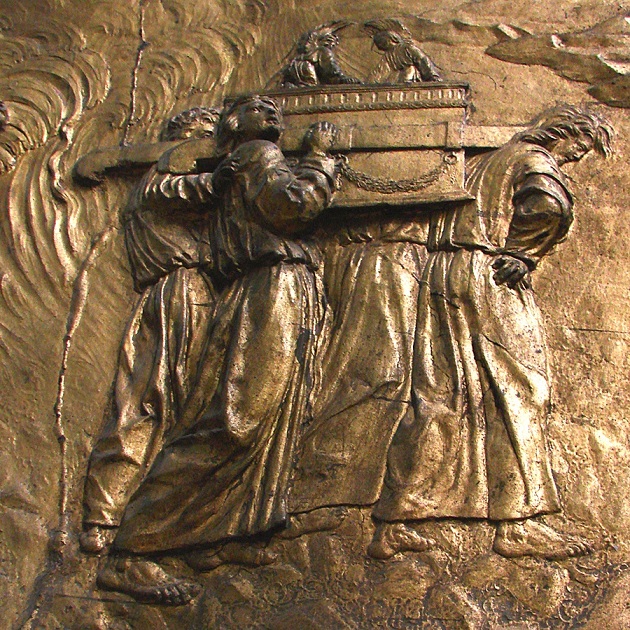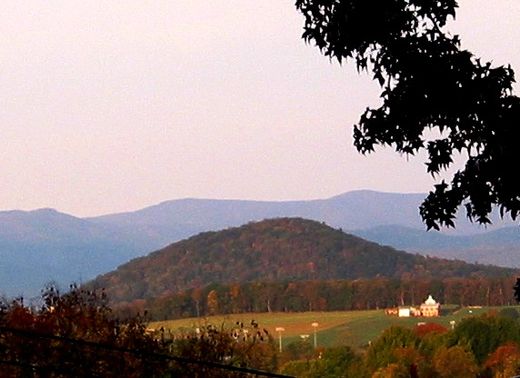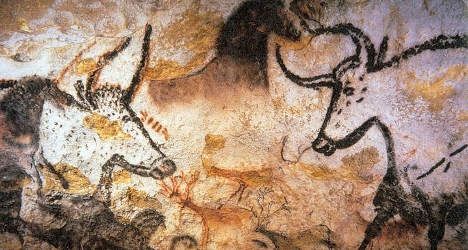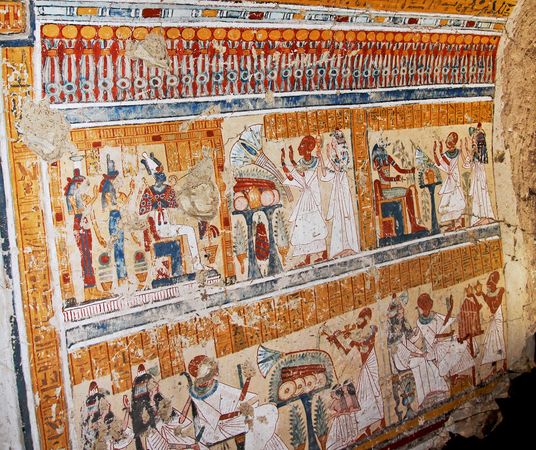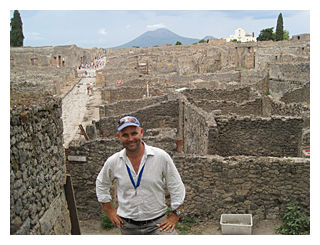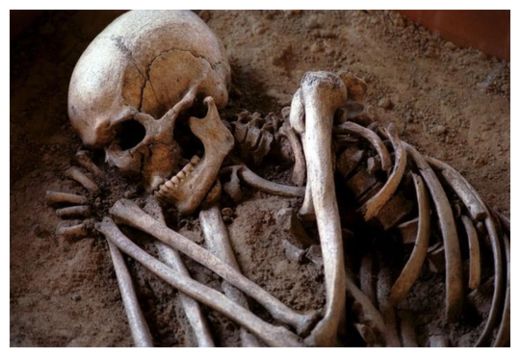
© UnknownJames Madison
"Democracy is the most vile form of government. ... democracies have ever been spectacles of turbulence and contention; have ever been found incompatible with personal security or the rights of property: and have in general been as short in their lives as the have been violent in their deaths."
- James Madison (1751-1836) Father of the Constitution, 4th President of the U. S.
"We are a Republic. Real Liberty is never found in despotism or in the extremes of Democracy."
- Alexander Hamilton (1755-1804) Lawyer, Secretary of the Treasury & Secretary of State
"A simple democracy is the devil's own government."
- Benjamin Rush (1745-1813) Founding Father& signer of the Declaration of Independence
"Let the American youth never forget that they possess a noble inheritance, bought by the toils and sufferings and blood of their ancestors, and capable, if wisely improved and faithfully guarded, of transmitting to the latest posterity all the substantial blessings of life, the peaceful enjoyment of liberty, property, religion, and independence. The structure has been erected by architects of consummate skill and fidelity; its foundations are solid, its compartments are beautiful as well as useful, its arrangements are full of wisdom and order, and its defenses are impregnable from without. It has been reared for immortality, if the work of men may justly aspire to such a title. It may nevertheless perish in an hour by the folly, or corruption, or negligence of its only keepers, the People. Republics are created by the virtue, public spirit, and intelligence of the citizens. They fall when the wise are banished from the public councils because they dare to be honest, and the profligate are rewarded because they flatter the people in order to betray them."
- Joseph Story (1779-1845) Lawyer, Supreme Court Justice & influential commentators on the U.S. Constitution

